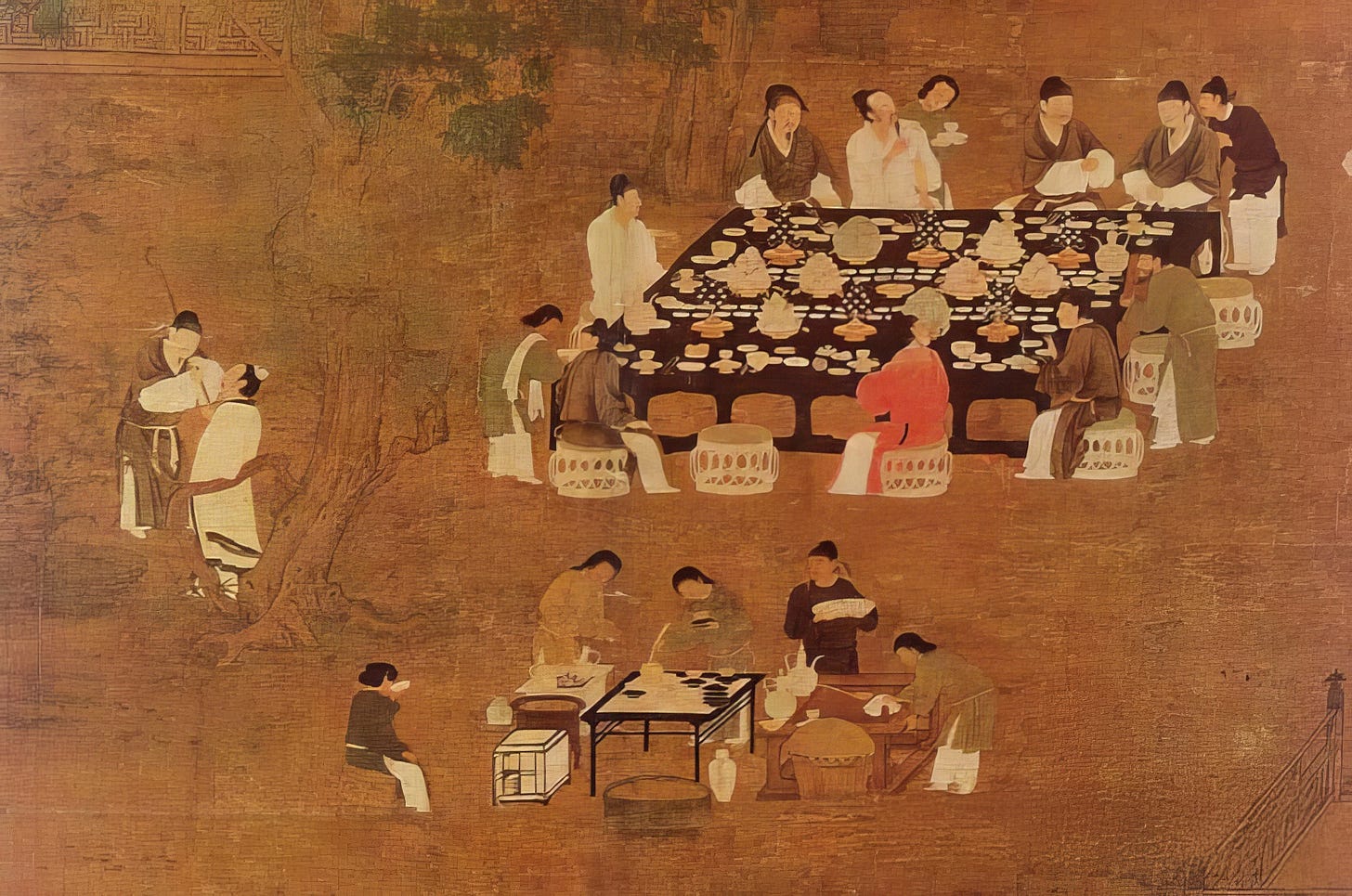Eisai and the Introduction of Zen to Samurai-Era Japan
The Political Turmoil Behind the Rise of Rinzai Zen in Japan
In this article, we will explore how Zen, symbolized by D.T. Suzuki, was introduced to Japan and how it spread throughout the country. To begin, we will examine the era in which the first monks who brought Zen to Japan lived. Interestingly, Zen developed in response to the rise of samurai power in a new era.
The first person to introduce Rinzai Zen (one of the main Zen sects) to Japan was Eisai (栄西, 1141–1215). In 1168, seeking to escape the corruption of Japanese Buddhism and its monks, Eisai traveled to Song China, which held immense influence at the time. In Japan, this was the beginning of an era when military governments (bakufu) were overthrowing aristocratic rule and gaining power. It was the same spring when Taira no Kiyomori (1118–1181), the leader of the Taira clan, who had just taken control of the government, fell ill and decided to take Buddhist vows.
Eisai returned to Japan after his initial visit to Song China, but by then, the Taira regime had become unstable. In 1185, he traveled to Song China once more. When he returned in 1191, the Taira had already collapsed, and Minamoto no Yoritomo, the leader of the Minamoto clan, was about to establish the Kamakura shogunate in Kanagawa. In the short span of just over twenty years since Eisai’s first journey, Japan had undergone a dramatic transformation, marking the dawn of the samurai era.
However, Eisai faced a serious challenge upon his return. The corruption of Buddhist monks in Japan had reached its peak, and the true essence of Buddhism as a religion had been completely lost. This was an intolerable issue for Eisai, who had witnessed the vibrant and free-spirited monks of Song China.
Determined to offer a new hope, Eisai began teaching Zen for the first time in Japan, sharing the knowledge he had brought back from China. The first place where he spread Zen was Hirado, Nagasaki. After establishing Zen there, he moved to Kyoto with the ambition of founding a new Buddhist sect distinct from the traditional ones. However, the entrenched Buddhist establishment fiercely opposed him, actively working to obstruct his efforts.
Despite these obstacles, Eisai, with his vast experience, sought to ease tensions by compromising with established Buddhist doctrines while simultaneously seeking support from the imperial court. He believed that if the court officially recognized his teachings, no monk could oppose him. However, this assumption proved overly optimistic.
Kyoto, plagued by deeply entrenched vested interests and dysfunction, did not respond as he had hoped. Instead, opposition from the monks intensified day by day, to the point where Eisai feared assassination. As a result, he abandoned his efforts in Kyoto and moved to Kamakura, the stronghold of the Minamoto clan, which had a distinctly anti-Kyoto sentiment and was at the heart of the rising samurai class.
The Kyoto aristocracy, who relied on the emperor, had strong ties with monks from Mount Hiei and Nara, forming an impenetrable network of corruption. There was no way to break through. In contrast, Kamakura, led by the Minamoto clan, had a spirit of independent samurai resilience and a fresh, new-era atmosphere that was completely different from Kyoto.
In Kamakura, Eisai was granted an audience with the second shogun, Minamoto no Yoriie (1182–1204). Moreover, Yoriie’s mother, Hōjō Masako (1157–1225), the wife of the first shogun, Minamoto no Yoritomo (1147–1199), was deeply impressed by Eisai and converted to Zen. As a result, in 1200, Eisai was permitted to establish the first Rinzai Zen temple in Kamakura.
This temple, known as Jufuku-ji, still stands in Kamakura, Kanagawa today. With the strong backing of the Minamoto clan, Eisai was able to establish Kennin-ji in Kyoto just two years later. This was possible because the court officials in Kyoto were powerless to stop the unstoppable rise of the Minamoto.
With the Minamoto clan’s strong support, Eisai was later entrusted by the Kyoto imperial court with the construction of a pagoda at Hōshō-ji, a temple in eastern Kyoto (which was later abandoned in the 15th century). Successfully completing this project earned him the high Buddhist title of Gon Sōjō (権僧正), which further legitimized his efforts to spread Zen. However, already in old age, Eisai passed away before fully realizing his ambition of propagating Zen throughout Japan.
From this, we can see that while Eisai was the first to introduce Zen to Japan, his efforts were largely political, seeking compromises with the established Buddhist institutions rather than promoting pure Zen. As a result, the true essence of Zen did not fully take root in Japan during his lifetime.
However, the year of Eisai’s death marked the birth of a crucial figure who would go on to establish Zen in Japan. At the time of Eisai’s passing, a 16-year-old monk was studying under his disciples at Kennin-ji in Kyoto. This young monk would later become known as Dōgen Zenji (道元禅師).



